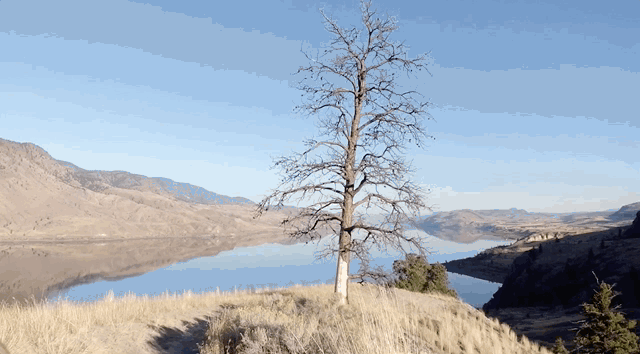Skydio R1 is an autonomous drone that will film all your awesome adventures

Drones have yet to crack the mainstream, and one reason is that the 'copters are difficult to fly (i.e., keep from crashing spectacularly into the ground).
That's where Skydio wants to change the game. The startup just announced that its first consumer drone, the Skydio R1, is now available.
This isn't just another drone. The Skydio R1 is autonomous, meaning it can fly itself. Not only does it sense the world around it, but the R1 also predicts what will happen next and bases its moves on those predictions. It's much the same way as how self-driving cars work.
While some drones have a follow-me function, including the DJI Mavic Pro and DJI Mavic Air, that allow the drone to automatically track a subject, the Skydio R1 doesn't just tag along behind you.
It's doing that, sure, but it's also navigating through the environment and avoiding obstacles, all while never losing sight of its subject. Pretty impressive.
Skydio R1 specs
The drone is built on an autonomous engine that combines artificial intelligence, robotics and computer vision techniques into one robust system. Autonomy isn't just a feature, but rather it's at the very core of the device.
Naturally, the R1 needs cameras to keep an eye out, and to this end the drone is equipped with 13 cameras around the frame. These aren't just for recognizing and mapping the world, but also for capturing video footage, and the Skydio R1 can shoot in 4K at 30 frames per section (fps), or in 1080p at 60fps or 30fps.
Sign up for breaking news, reviews, opinion, top tech deals, and more.
Battery life is always a big question mark with drones, and the Skydio R1's average flight time/battery life is 16 minutes, five minutes less than the Mavic Air. Each R1 unit does come with two batteries, so you can quickly swap and continue flying.
The drone runs on a Nvidia Jetson TX1 processor, a 256-core chip built for AI computing. It also includes 64GB of on-board storage, enough to capture a few weekends' worth of trails rides, and then some.

Unlike some other drones on the market, the Skydio R1 doesn't require a remote control when it's in manual mode. You can control the device from your smartphone through the Skydio app, available for iOS and Android. These controls include a landing function, which is kind-of crucial.
As for speed, the R1 can hit a zippy 25 miles per hour, or 40kph. You'll have eight cinematic modes to choose from, including Orbit, when the drone circles its subject, Side, when the drone tags along beside, and Lead, when the drone is in front of its subject.
Skydio R1 price and release date
Despite its nifty autonomous abilities, it's unlikely the Skydio R1 will break into the mainstream in a big way, at least to start.
The drone will almost certainly appeal to early adopters off the bat. Potential users could include athletes who want to study their technique, adventurers who've outgrown the GoPro, and filmmakers who want to capture those sweeping cinematic shots without a massive rig.
Another factor going against the R1's mainstream success is its price. The drone, available to start in a limited Frontier Edition, costs $2,499 (about £1,810 / AU$3,180). The DJI Mavic Pro, for comparison, costs $999 (£1,099 / AU$1,599).
Shoppers in the US and Canada can purchase the Skydio R1 via Skydio.com today. The company isn't sharing details on a further rollout at this time, though we'll update this article when that information becomes available.
Should the price come down, or Skydio's self-flying tech find its way into a less expensive model at some point, then the company's drone dreams could really take off.
- Don't look any further: we've rounded up the best drones
- Get in the (virtual) zone with PlayStation VR

Michelle was previously a news editor at TechRadar, leading consumer tech news and reviews. Michelle is now a Content Strategist at Facebook. A versatile, highly effective content writer and skilled editor with a keen eye for detail, Michelle is a collaborative problem solver and covered everything from smartwatches and microprocessors to VR and self-driving cars.